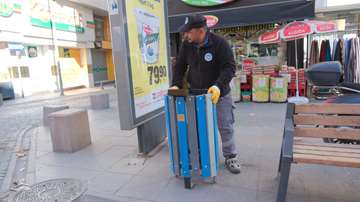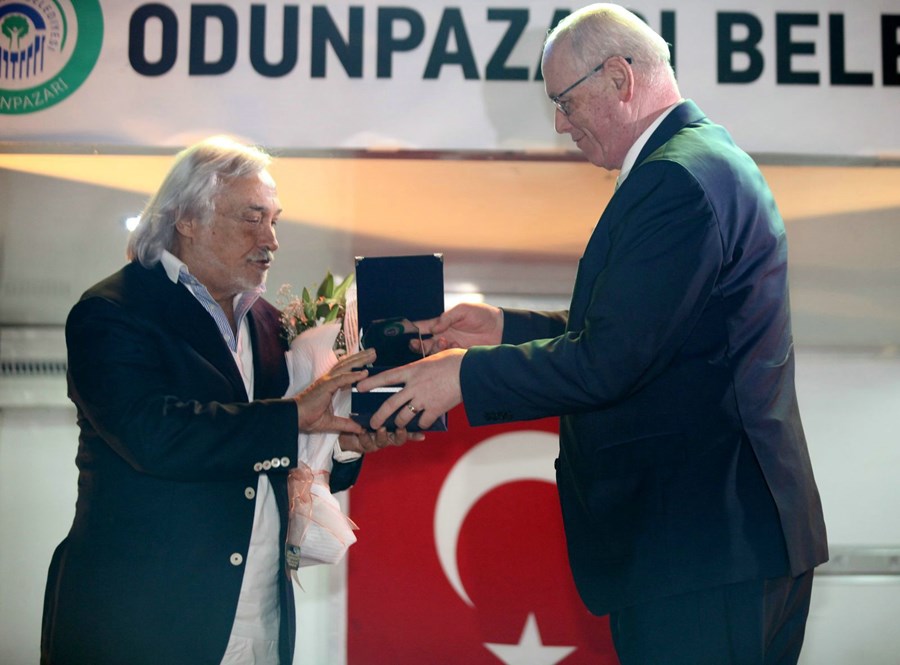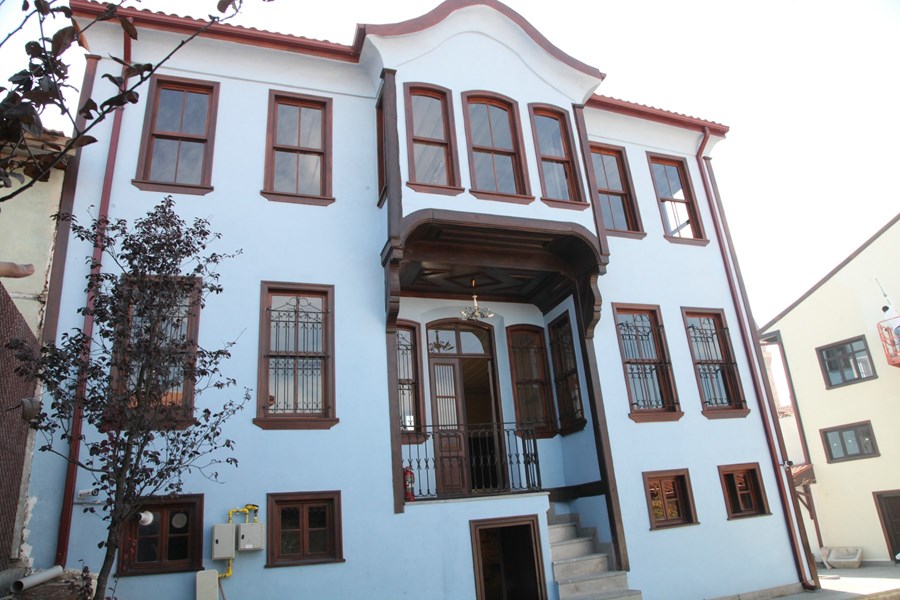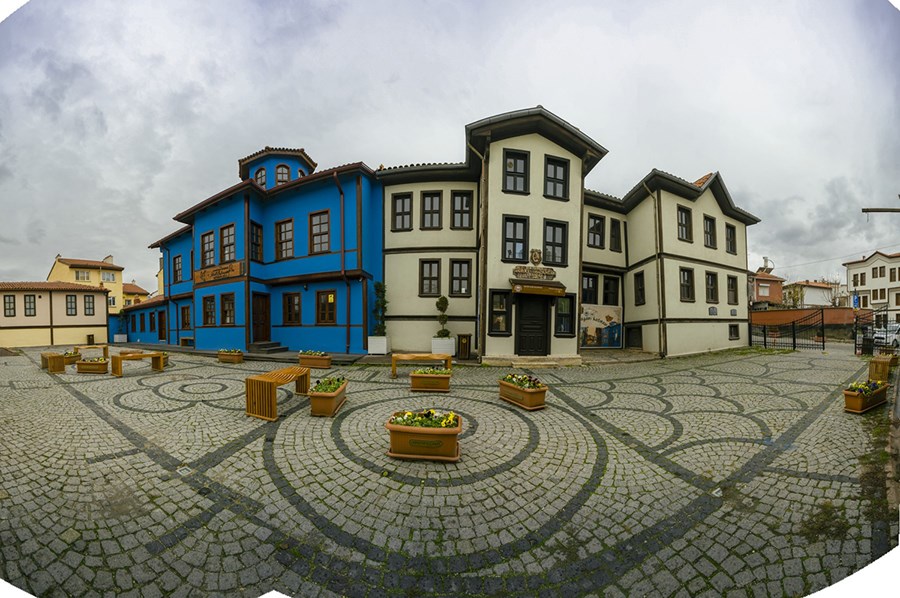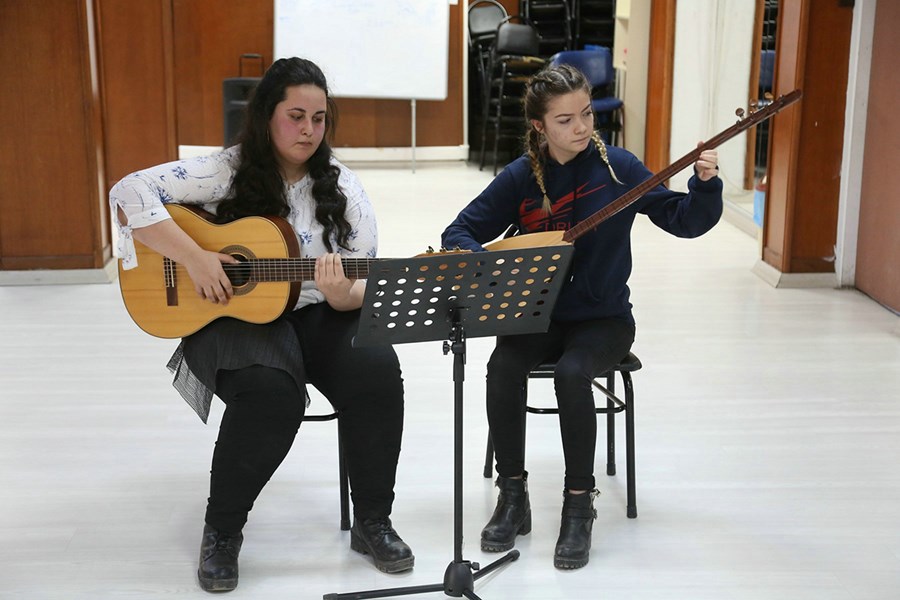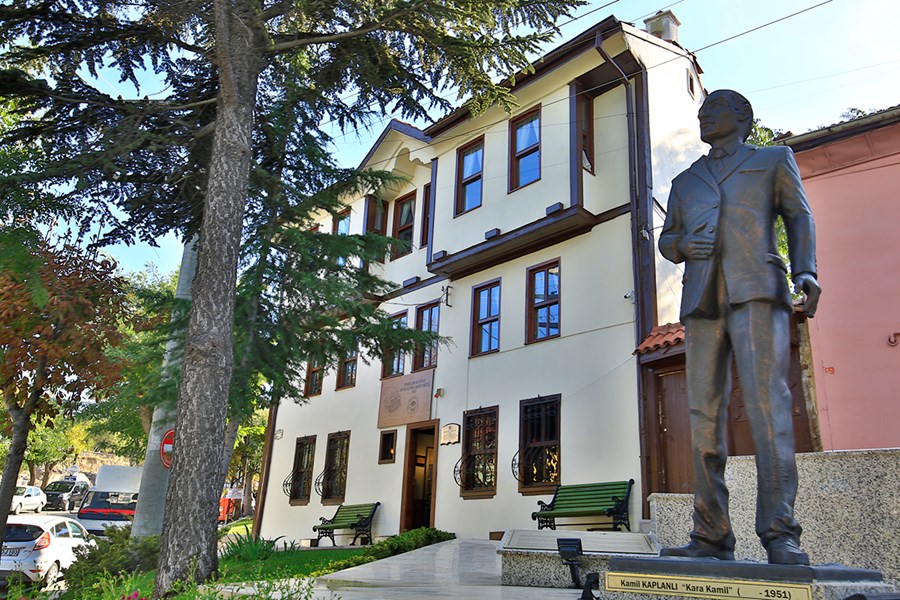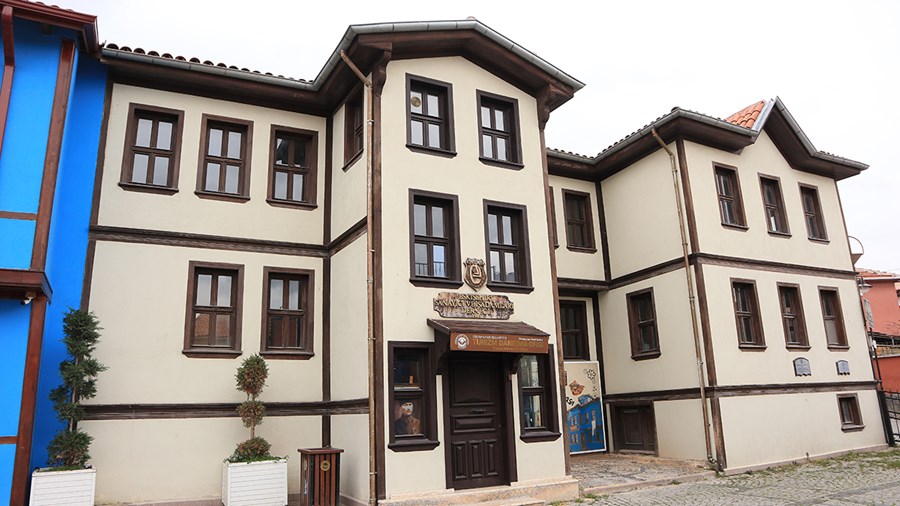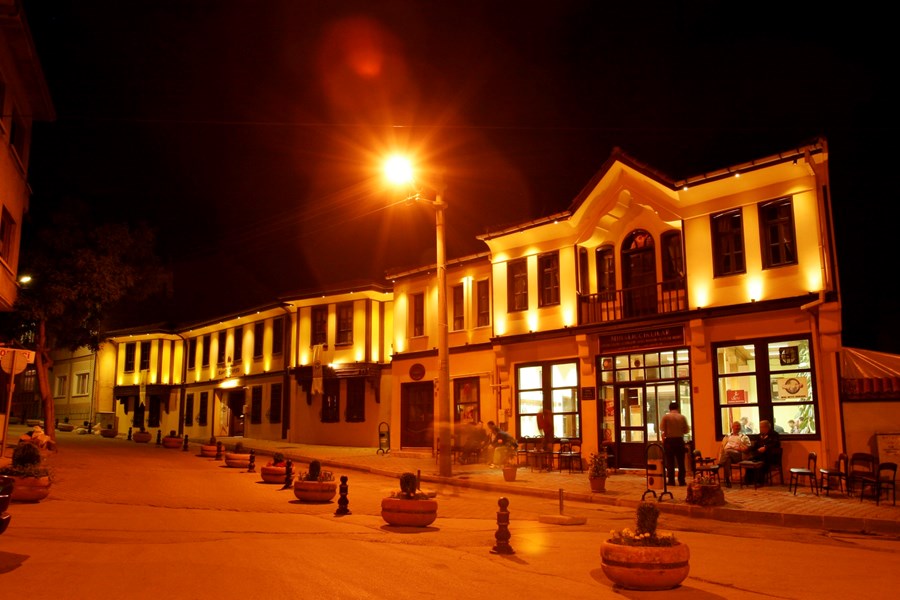
History:
AtlıHan was built in the 1850s by Takattin Bey, one of the major landowners of Eskisehir, for the accommodation of marketeers, travelers and peasants from the surrounding villages, towns and cities, both themselves and their animals. Every day, the villagers who came to the wood market established in the square to sell wood first stopped by Atlıhan; they left their ox carts and animals here and went to the market. At night, they would return to the inn and spend the night here. Atlıhan, which changed hands many times from the date of its construction to the present day, was not used outside its original purpose in general. During the years of the war of independence, when the region was occupied by the Greeks, Greek soldiers would come across Atlihan every day and sit at tables placed for them until dark, drinking tea from Atlihan's tea stove. There was also a house used as the headquarters building of the number one house at the intersection of Beyler Street and Tiryaki Hasan Paşa Street.
After the Republic, Eskisehir Garrison Command rented this place from Ethem the Circassian, the owner of the Inn at that time, to house his horses. But they had to evacuate the inn a few months later due to public discomfort with the noise that soldiers created when they brought hundreds of horses to water the site of the Akarbashi mosque twice a day. At that time, a large courtyard dominated the center of the inn, which had a large wooden entrance door. The section directly opposite the door was the barn where the animals were placed. In order to care for these animals, a blacksmith shop was located in the right corner of the barn. Thanks to the well in the middle part, the water needs of both animals and guests were met. The left side of the ground floor of the inn was a dormitory consisting of mattresses lined up side by side. Villagers who came to Hijri Sezen park, an empty square in the 18th century, to sell the wood they had brought from the mountains, came to the inn in the evening after the Sunday gathered and slept on these mattresses. The upper floor of the inn was reached by stairs on the right side. This place again consisted of small rooms built side by side, rented by middling people. In later periods, Atlıhan was mostly home to villagers with poor economic status, while those with better condition stayed in the inn known today as Bahçeli Cafe, opposite today's Hicri Sezen park. AtlıHan was a place where the people of the region gathered because of the presence of a tea stove and the whole social, political and economic agenda of the period was formed. In time, the inn was referred to by names such as Tavafçi Inn, Odunpazarı Inn.
The well remained in existence in the middle of the inn until the late 19th century. It is even said that the Greeks threw their gold into this well when they fled from this region after their heavy defeat in the war of Independence. Especially after the second half of the 20th century, the Inn lost its former function and became deserted and ruined. Many parts of it were destroyed or burned down. The inn was rebuilt by our municipality in 2006 under the name of Atli Han, taking into account its original architecture, as part of the project to keep Odunpazarı houses alive. Located on an area of 675 square meters, the inn is a building that also contains traditional architectural elements. Consisting of two floors on the ground and first floor, Atlihan, Meerschaum, silver, pottery and glass studio in the shops, for the exhibition and sale of traditional handicrafts market. As such, Atlıhan is one of the most important actors in improving the socio-economic and socio-cultural structure of the region.



